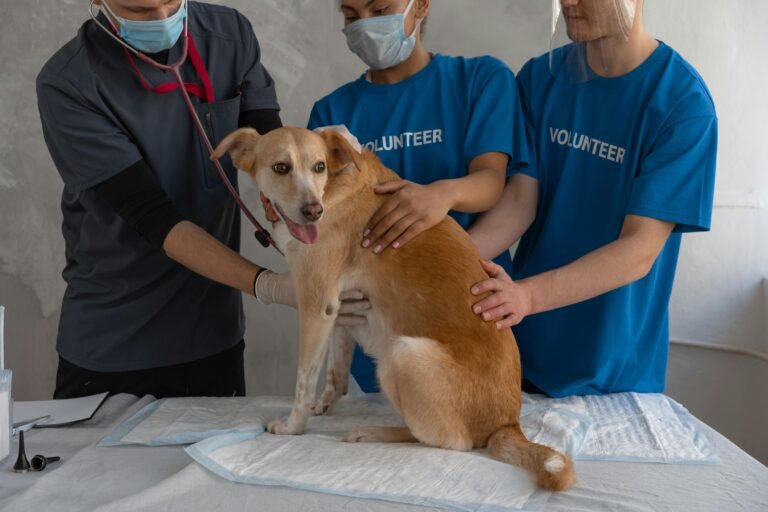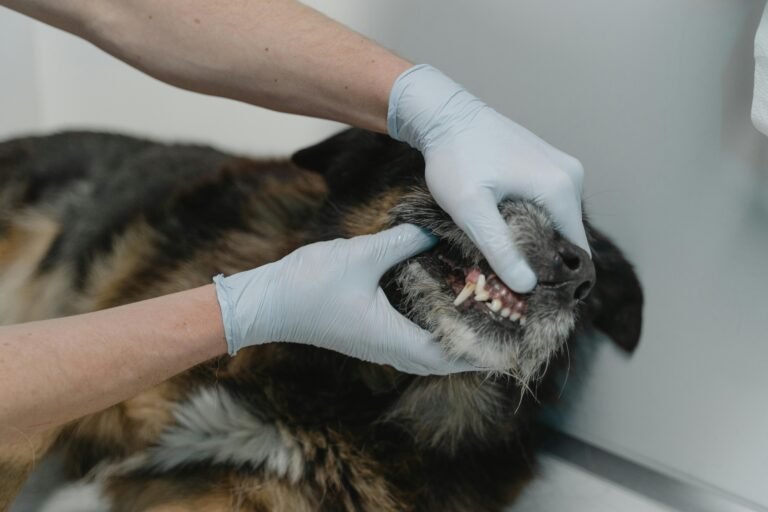Introduction
When summer temperatures soar or after a long day of walks, your dog’s paws take the brunt of it all. Hot pavement, sand, and even rough hiking trails can irritate or burn sensitive paw pads. One of the simplest, most soothing remedies you can offer your pup is a cold water paw soak. It’s an easy, natural way to cool down overheated paws, reduce inflammation, and promote healing. In this article, we’ll cover the benefits of cold water soaks, how to safely do them at home, and when they can help your dog feel their best.
Why Paw Care Matters
Your dog’s paws aren’t just adorable—they’re essential. Paw pads act as shock absorbers, provide traction, and protect against harsh surfaces. However, constant exposure to heat, rough terrain, and chemicals (like de-icing salts or lawn treatments) can cause irritation, cracks, or burns. Proper paw care keeps your dog active, comfortable, and healthy year-round.
Benefits of Cold Water Paw Soaks
Cold water soaks are one of the easiest at-home remedies to help your dog’s paws recover and feel refreshed. Here are the top benefits:
- Cooling Relief: Cold water instantly soothes paws overheated from hot pavement or sand.
- Reduces Inflammation: Helps calm minor swelling, irritation, and redness after long walks or playtime.
- Flushes Out Irritants: Rinses away dirt, debris, allergens, or chemicals picked up outdoors.
- Prevents Infection: Keeping paws clean minimizes the risk of bacteria entering small cuts or abrasions.
- Promotes Relaxation: The gentle cooling effect can help your dog unwind, especially after a high-energy day.
When to Use a Cold Water Paw Soak
Cold water soaks are beneficial in many everyday situations:
- After walks on hot asphalt or sand
- Post-hike or outdoor play sessions
- When paws appear red, irritated, or slightly swollen
- After exposure to allergens like grass, pollen, or fertilizers
- During hot weather to help cool your dog’s overall body temperature
However, if your dog has open wounds, severe burns, or persistent lameness, skip the soak and contact your veterinarian first.
How to Do a Cold Water Paw Soak at Home
You don’t need fancy equipment—just a few simple supplies and a calm environment. Here’s a step-by-step guide:
- Gather Materials: Use a shallow basin or bathtub, cool (not icy) water, and a clean towel.
- Fill the Basin: Add enough water to cover your dog’s paws up to the ankles. Ensure the temperature is cool and comfortable to the touch—not freezing.
- Encourage Relaxation: Have your dog stand or sit calmly in the water. Offer gentle praise or treats if needed.
- Soak for 1–3 Minutes: Keep sessions short to prevent discomfort. You can gently move the water around to help rinse between paw pads.
- Dry Thoroughly: Use a soft towel to pat paws dry, paying attention to the areas between toes and pads.
Repeat as needed after outdoor activities or once daily during hot weather. For ongoing paw sensitivity, pair soaks with a paw balm or moisturizer afterward.
Optional Add-Ins for Paw Soaks
While plain water works perfectly, you can occasionally enhance your soak for extra soothing benefits:
- Epsom Salt (1–2 tablespoons per gallon of water): Helps reduce minor swelling and draw out impurities. Rinse paws afterward to prevent salt residue.
- Chamomile Tea: Brew a few tea bags, let the liquid cool, and add it to the basin for natural calming and anti-inflammatory effects.
- Aloe Vera Gel: Add a small amount to the soak for gentle hydration and healing (ensure it’s pure and pet-safe).
Always confirm that any add-ins are free of fragrances, essential oils, or chemicals that could irritate your dog’s skin.
Signs Your Dog Might Need a Paw Soak
Watch for these signs that your dog’s paws may need cooling care:
- Excessive licking or chewing at paws
- Redness or heat when touched
- Limping or reluctance to walk on certain surfaces
- Cracked or dry paw pads
- Pawing at the ground or acting uncomfortable after outdoor time
Early intervention with a cold soak can prevent minor irritation from becoming a more serious problem.
Safety Tips
To keep paw soaks safe and effective, remember:
- Never use ice water—extreme cold can damage skin tissue or cause shock.
- Keep your dog supervised at all times during the soak.
- Dry thoroughly afterward to avoid fungal or bacterial buildup between toes.
- Don’t soak for more than a few minutes at a time.
- If your dog resists or seems stressed, end the session and try again later with positive reinforcement.
Aftercare and Prevention
Once your dog’s paws are cool and clean, you can go a step further to protect them:
- Apply Paw Balm: Use a natural, non-toxic balm to moisturize and prevent cracking.
- Check for Damage: Inspect paw pads regularly for cuts, burns, or splinters.
- Use Booties on Hot Pavement: Protective footwear can prevent burns during peak heat.
- Walk During Cooler Hours: Early mornings and evenings are safest for sensitive paws.
Conclusion
Cold water paw soaks are one of the simplest yet most effective ways to care for your dog’s hardworking paws. They cool, clean, and comfort, offering instant relief from heat and irritation. By incorporating regular soaks—especially during summer—you’ll keep your pup’s paws healthy, resilient, and ready for adventure. It’s a small act of care that makes a big difference in your dog’s comfort and overall well-being.






